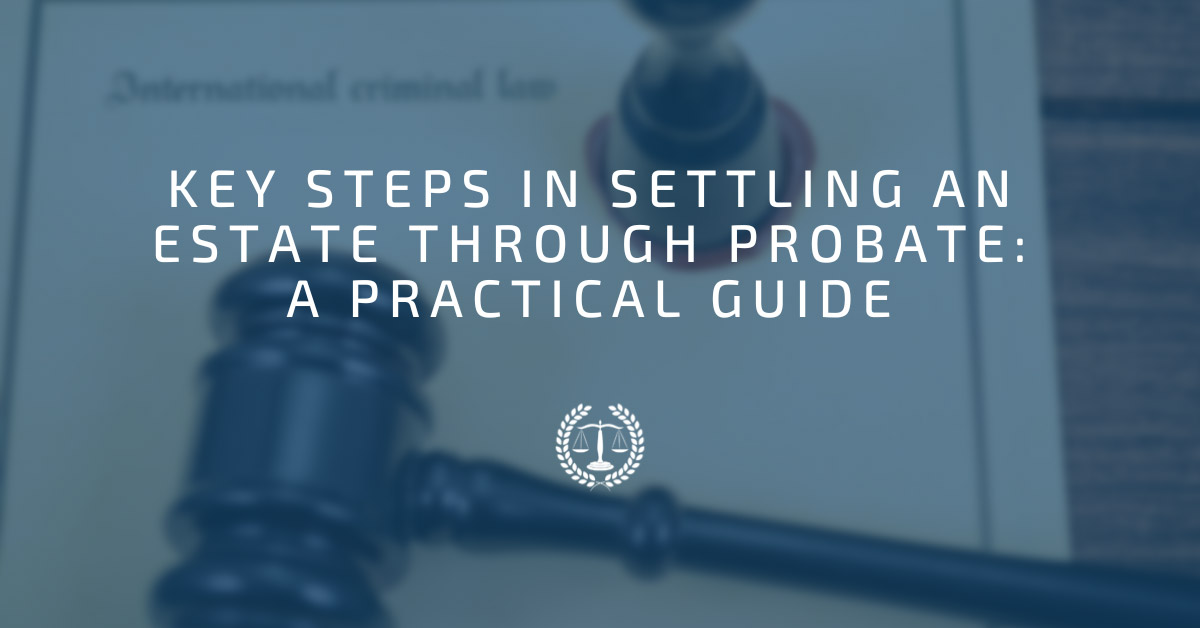The death of a loved one is undoubtedly a challenging time, and the necessity of settling their estate can often add to the stress. Probate, the legal process of settling a decedent’s estate, can be complex. Understanding the key steps in this procedure can provide clarity and make the process more manageable.
Step 1: Filing a Petition
The first step is to file a petition with the probate court to either admit the will to probate and appoint the executor or, if there’s no will, appoint an administrator of the estate. This generally involves filing the original will (if there is one) and the death certificate.
Step 2: Notifying Heirs and Creditors
After the court’s approval, the next step involves notifying the deceased’s heirs and creditors of the commencement of the probate process. This usually entails publishing a notice in a local newspaper and sending a direct notice to known creditors.
Step 3: Inventorying the Estate’s Assets
The appointed executor or administrator must then locate and inventory the deceased’s assets, providing a detailed list to the court. This inventory includes both tangible and intangible assets like real estate, vehicles, bank accounts and investments.
Step 4: Paying the Estate’s Debts
Upon establishing the estate’s assets, it’s time to pay valid claims from creditors. These can include final income taxes, estate taxes and any other debts the decedent owed.
Step 5: Distribution of Remaining Assets
Once all debts and taxes have been paid, the remaining assets can be distributed among the heirs according to the will or, if there’s no will, the state’s intestacy laws. The executor or administrator often needs court approval before distributing these assets.
Step 6: Closing the Estate
Finally, the executor or administrator will file a final account and petition to close the estate. Once approved by the court, the estate can be officially closed.
While these steps provide a high-level overview of the probate process, each estate is unique and may require additional steps or considerations. It’s also important to remember that probate laws vary by state.
At Mestayer Law Firm, our experienced probate attorneys can guide you through each step of this process. We understand the complexities involved in settling an estate and are committed to easing the burden during this challenging time.
Whether you need assistance with filing the initial petition or help navigating the distribution of assets, our team is here to provide expert and empathetic support.
Reach out to Mestayer Law Firm today and take the first step towards a seamless probate process.
No representation is made that the quality of the legal services to be performed is greater than the quality of legal services performed by other lawyers.
This article does not create an attorney-client relationship. I am licensed to practice law in Mississippi and have based the information presented on US laws. This article is legal information and is for entertainment and informational purposes only and should not be seen as legal advice. You should consult with an attorney before you rely on this information. Any information provided in this blog is accurate and true to the best of my knowledge, but there may be omissions, errors or mistakes.

